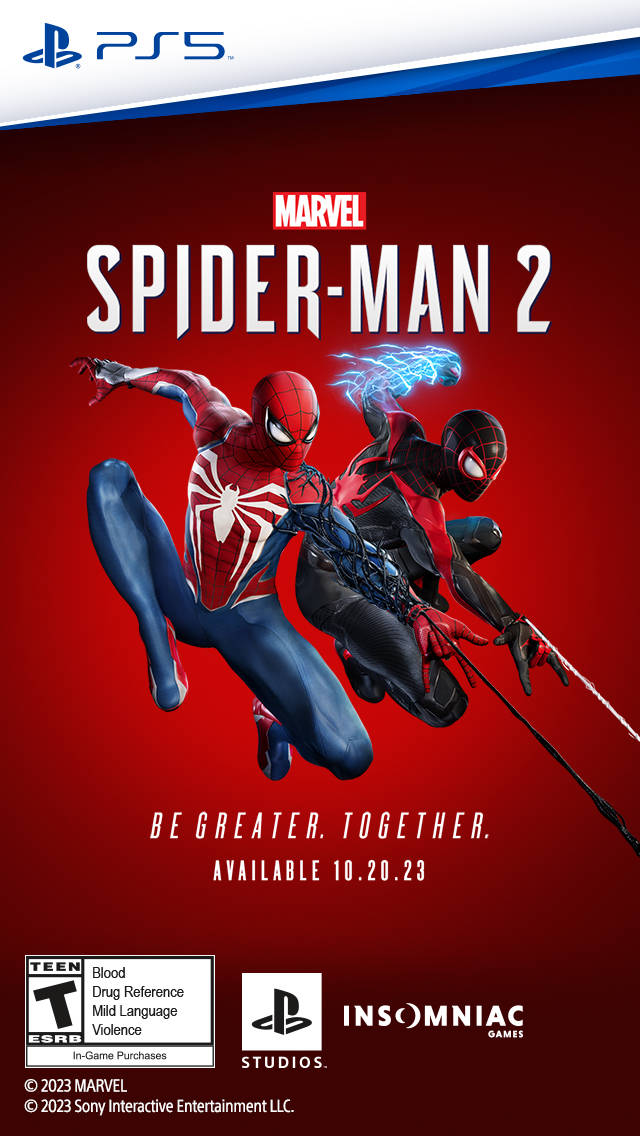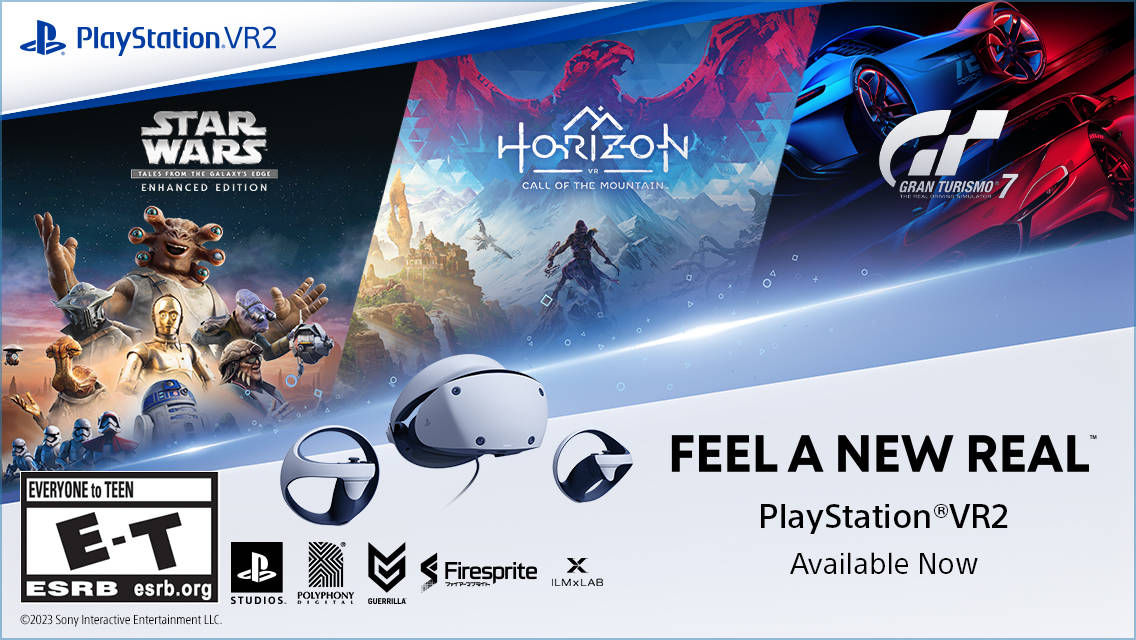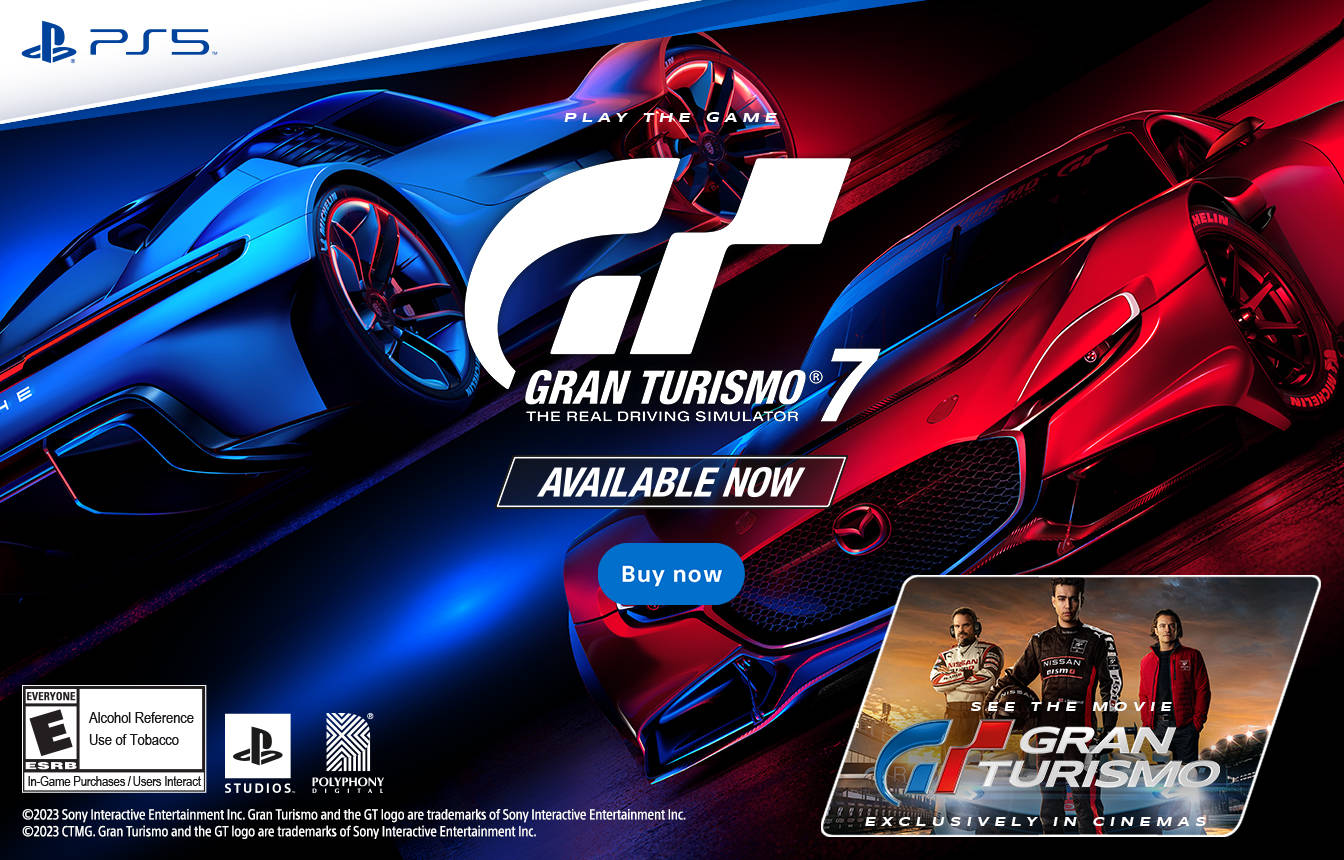Generally, I don’t like to make too many comparisons to other games in my reviews. After all, criticism should stand on its own, and I can’t expect every reader to have the same experiences with the same games that I do.
But in the case of Disgaea D2: A Brighter Darkness, I can’t help but compare it to the last two games I’ve recently reviewed, The Legend of Zelda: The Wind Waker HD and Etrian Odyssey Untold: The Millennium Girl. Obviously, these are three different experiences, three different genres, and three different development budgets, but the aim of the games, from the publishers’ perspective, is pretty consistent.
Like those two releases, Disgaea D2—the latest entry in Nippon Ichi’s decade-long strategy-role-playing series—is an attempt to play to the nostalgia of longtime aficionados while also welcoming newcomers into the fold with streamlined gameplay and more user-friendly options.
Unlike those titles, though, this isn’t an enhanced remake. Instead, Disgaea D2 brings together the franchise’s fan-favorite trio of protagonists—arrogant Netherworld boy king Laharl, sassy demon vassal Etna, and naïve fallen angel Flonne—in an all-new adventure for the first time since the 2003 original.
Sadly, the reunion falls disappointingly flat (and, no, Disgaea devotees, that’s not an Etna reference!). Maybe it’s because these characters have already made various cameos over the years in every Disgaea game—and even a few other Nippon Ichi titles like Soul Nomad & the World Eaters—but it never comes off as particularly special that they’re back together. After all, if you’ve played any game with “NIS America” on the box cover over the past decade, it’s not like they ever really went away. This feels like one more side story to add to the mix, not an epic continuation of the first game’s narrative.
That’s the opposite of what I felt playing The Wind Waker HD and Etrian Odyssey Untold. Even though a good portion of the content in those games was the same as the originals—in Zelda, pretty much all of it, and in Etrian, a good chunk of it—they felt like new experiences. The developers had clearly taken the time to craft something that would hook even those players who’d mastered the originals. Disgaea D2, on the other hand, feels like an exercise in repetition, even though all the material is technically new.
In previous Disgaea games—particularly the first—I’d want to keep playing to see what tomfoolery would unfold in the next cutscene. Here, I felt let down time and again. There wasn’t any narrative tug pulling me forward, and I came to not really care about the proceedings by the end. Sure, a moment here and there had me chuckling—particularly the still-entertaining chapter introductions—but for the most part, the package just isn’t as strong as I’ve come to expect from the franchise. When you’re playing a 30-hour-plus tactical game, you’re looking for those moments to energize you after a drawn-out encounter on the battlefield, but they rarely come here.
I’m not sure whether the original Japanese writing wasn’t up to snuff or the localization team didn’t have the proper time and resources to punch up the text, but this tale just isn’t as enjoyable as the other Disgaea entries. This is a series, after all, that once featured an underworld “Iron Chef” in the vein of Emeril Lagasse playing a major role in the proceedings—and I expect a lot more creativity and zaniness from the Disgaea team.
The bright spot is that the core Disgaea gameplay—all the options, all the character-creation insanity—means that it’ll always be a decent strategy experience no matter the narrative shortcomings, and that certainly holds true here. I particularly enjoyed the addition of characters conversing on the battlefield and the ability to add a personality type to members of your created squadron. It’s also nice that the complex Geo Cubes have been eliminated in favor of the simpler Geo Panels seen in the first two games. Disgaea is convoluted enough as it is, and while I understood the aim of the Geo Cubes, they usually just added another layer of unneeded nonsense to the mix.
But even the tactical portion isn’t as tight as you’d expect, with a few balance issues that seem out of place for the series (yes, I realize that this is a franchise partially built around “breaking the game” with its various Item World enhancements—I’m talking about if you play it straight). There’s more grinding than I can recall in a Disgaea entry—even an hour in, for crying out loud—and the game doesn’t do a particularly good job of explaining the basics to newcomers. For those reasons, I wouldn’t recommend this as someone’s first Disgaea game—Disgaea 3 and 4 are far more successful from that perspective.
Even some of the battle enhancements aren’t particularly welcome, though they might be nice additions on the surface. I liked the Magichange system seen in the previous two games, where humanoid characters would team up with monsters to form a formidable duo—wielding a Prinny as a destructive lasergun totally fit the series’ traditional goofy motif. Here, it’s replaced by the ability to mount monsters, which is a decent tweak that adds a nice wrinkle to combat; it’s particularly helpful when it comes to leveling up weaker characters, since the big-bodied monsters will take all the damage. But why sacrifice something plenty of players enjoyed in order to implement it?
In a way, though, it’s appropriate that Magichange is MIA. In Disgaea D2, much of the wackiness that Disgaea fans have come to expect is gone. Or, to put it another way, it feels pedestrian and recycled. This was also evident in the last mainline release, Disgaea 4: A Promise Unforgotten, but it’s even more pronounced here.
It’s also important to remember the context that birthed the original game. Disgaea: Hour of Darkness released five years after Final Fantasy Tactics and gave the strategy-RPG a much-needed infusion of personality by subverting so many of the archetypes players had come to expect at that point. Disgaea D2 comes out 10 years after the original game, yet the formula feels far more played out than Tactics’ did a decade ago.
Back in 2003, it was a surprise to see a scheming antihero like Laharl, a goofy mascot like the peg-legged, penguin-like Prinny, and the wacky hijinks on the battlefield. Now, it’s expected, and so much of Disgaea D2 feels like going through the motions—like a frazzled, jaded Michael Stipe during the dying days of R.E.M. who had to sing “Losing My Religion” onstage in some run-down Shreveport concert hall for the thousandth time simply because it was expected of him.
Perhaps even Nippon Ichi sees the writing on the wall. Company president Sohei Niikawa recently told Siliconera that he wants the series to grow and broaden its appeal (and I’ve heard similar sentiments in the past when I’ve had the chance to interview various Nippon Ichi execs at Tokyo Game Show). I understand the need to satisfy longtime fans with more of the same—but I’d count myself among that crowd, and as someone who generally enjoyed the first three entries, I’m just not seeing the same creativity and whimsy from the series anymore. You can’t just slap Laharl, Etna, and Flonne on the cover and call it a day. There has to be substance behind the marketing, and there’s simply not enough of it in Disgaea D2.
|
★★☆☆☆
The potential from a reunion of the original three Disgaea protagonists is betrayed by the lackluster execution here. The core strategy is still enjoyable—though several holes are evident even in that aspect—but the disappointingly subpar story, packaging, and writing aren’t worthy of the Disgaea name. |
Developer Nippon Ichi Publisher NIS America ESRB T – Teen Release Date 10.08.2013 |
| Disgaea D2: A Brighter Darkness is available on PS3. Primary version played was for PS3. Product was provided by NIS America for the benefit of this coverage. EGM reviews on a scale of one to five stars. | |

A proud Japanese RPG and serial-comma enthusiast, Andrew attended E3 for more than a decade. His least-proud moment? That time in 2004 when, suffering from utter exhaustion, he decided to take a break on the creepy, dilapidated—and possibly cursed—La-Z-Boy at Konami’s Silent Hill booth.





